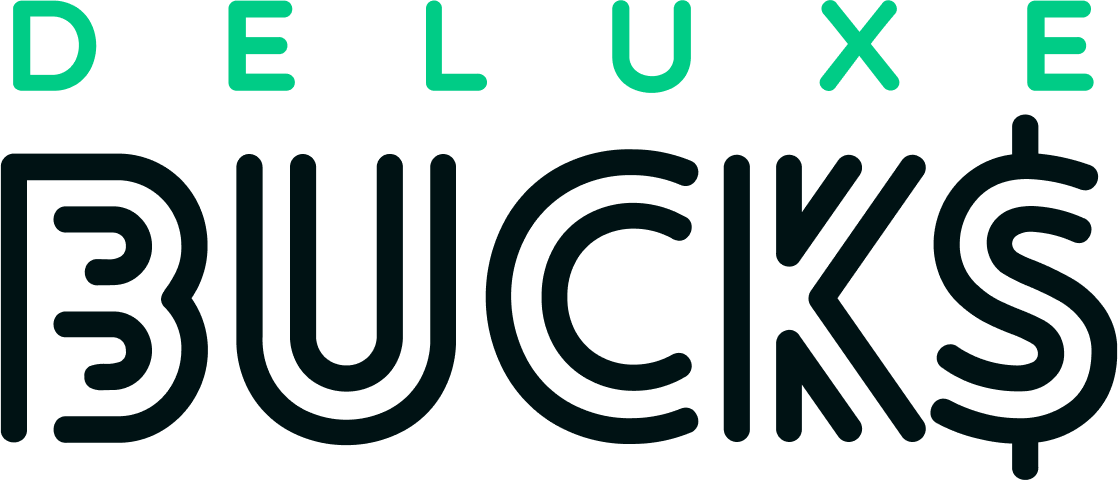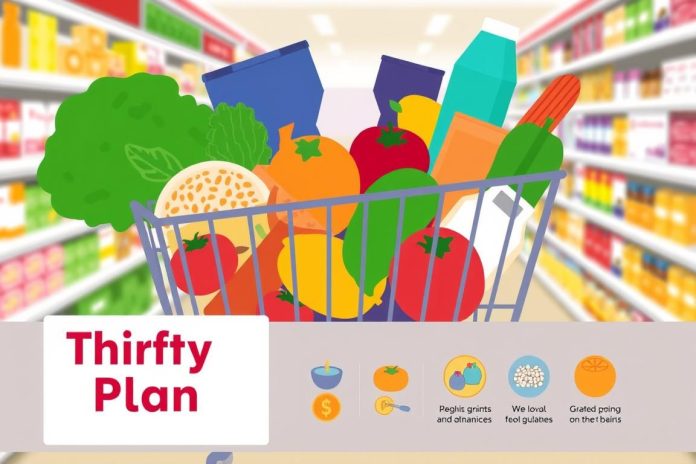Picture this: you’re at the checkout, cart not fully loaded, doing math in your head. You hope your total stays below what’s on your Electronic Benefits Transfer (EBT) card. For countless Americans, this is a common scene. The Supplemental Nutrition Assistance Program (SNAP), also called food stamps, is a key resource. It helps make sure everyone can afford the food they need.
Every time you use your card, it’s more than a transaction. It’s a step toward better nutrition within your budget. With SNAP, buying fresh fruits, meats, and other essentials is possible, even when money is tight. These benefits help maintain pride, independence, and a stable life, especially when the economy is unpredictable. For a family with four members, getting up to $975 monthly for food can really change how you plan meals1.
Knowing how the system works is just as important as the help it offers. Being familiar with SNAP—like the most you can get, who qualifies, and how to stay in the program—is key to getting the most out of it1.
SINCE 1964, SNAP has made a huge difference. That’s when President Lyndon Johnson started it to help feed those in need. Its benefits keep growing. Today, it cuts down on hunger and boosts the economy in grocery aisles nationwide23.
Key Takeaways
- Learn how to leverage SNAP benefits to make groceries more affordable for your household.
- Find out how government food benefits are protecting millions from the grips of hunger.
- Discover the positive economic ripple-effect fostered by every dollar spent through SNAP.
- Understand the updated eligibility and benefit standards for different household sizes.
- Grasp the recertification process, ensuring consistent access to food assistance programs.
- Recognize SNAP’s historical timeline and its evolution as a cornerstone of government nutrition assistance.
The Thrifty Food Plan: Calculating SNAP Benefits for Affordable Nutrition
Learning how SNAP benefits are figured out with the Thrifty Food Plan is key. This plan shows the effort to make nutritious, affordable meals reachable for families on food aid. It’s more than just paperwork.
What the Thrifty Food Plan Encompasses
This plan is the most wallet-friendly of the four USDA food strategies. It’s crucial for figuring out your SNAP benefits each month4. It aims for a diet that’s good for you without breaking the bank. Included are precise amounts of foods across different groups that won’t empty your pockets.
Adjustments and Increases to SNAP Allotments
Since October 2021, SNAP benefits went up across the country. This increase matched the Thrifty Food Plan’s updated expenses5. Now, benefits rise by $12 to $16 per person each month. These changes make managing food budgets with SNAP benefits simpler4.
Permanent Changes Post-2021 Revision
The 2021 review of the Thrifty Food Plan led to permanent higher SNAP benefits5. This wasn’t a short-term fix but a major change. It gives more continuous support to families. Learn more about the latest SNAP benefits adjustments5.
Knowing about these updates helps you plan your food budget better. The goal is to give all food stamp recipients access to enough, healthy, and low-cost food choices.
| Year | Average Monthly Cost | Food Plan Type |
|---|---|---|
| April 2021 | $683 | Thrifty Food Plan |
| April 2021 | $902 | Low-Cost Food Plan |
| April 2021 | $1,121 | Moderate-Cost Food Plan |
| April 2021 | $1,362 | Liberal Food Plan |
This table shows the differences among the USDA food plans. It highlights the importance of the Thrifty Food Plan for those seeking government food help. With this info, you’ll better understand benefit allocation and how to make the most of your food benefits4.
Challenges and Recommendations to Amplify Government Food Benefits
It can be tough to work through the details of SNAP benefits, especially when trying to eat healthy. There are many challenges linked to how these programs work. They make it hard for good food to get to lots of people. We must push for big changes to improve these food help programs.
Improving the Quality of Foods Available Under SNAP
Getting healthy food shouldn’t be hard for people using SNAP benefits. We need to let EBT cards buy more kinds of healthy foods. This could make people healthier. To make fresh veggies and whole grains easy to get, we should work with local farmers markets6. Also, stores in areas without many options should make healthy foods easier to find.
Reforming SNAP Calculations to Reflect Real-World Needs
Sometimes, SNAP doesn’t cover what life really costs. It should better account for expenses like rent and bills7. We need to change how getting more money affects SNAP, to help people more. This is crucial for making sure SNAP really helps families buy the food they need.
Fostering a Fair Process for Applicants and Recipients
Getting and keeping SNAP benefits can be really hard. Making the process simpler could help a lot. The quick online system GetCalFresh is a good example, taking just 12 minutes6. More systems like this could make getting food help easier all over the country.

| Challenges | Recommendations |
|---|---|
| Quality of accessible foods | Increase partnerships with farmers markets; adjust store layouts to prioritize healthy foods |
| Accuracy of SNAP calculations | Consider real-world expenses like housing, childcare in benefit calculations |
| Application process complexity | Simplify procedures, expand digital applications to reduce time and access barriers |
We must notice these issues and find smart solutions to boost the power of food stamps and SNAP. By changing how we give out food help, we can ensure everyone has the chance to eat well. Thinking anew about food aid means everyone could see nutritious food as a basic right.
Conclusion
SNAP benefits play a key role in the government’s fight against hunger. They help low-income families, the elderly, and people with disabilities8. Nearly 90% of those who get SNAP benefits belong to these groups. This shows America’s commitment to making sure its most vulnerable citizens have enough to eat.
The USDA is also updating the Thrifty Food Plan. This move will make SNAP benefits match more closely with the real cost of food910. It’s a step towards improving food support all over the country.
Programs like SNAP are crucial because they address food security. Food security is important for health and well-being. Over 40 million people depend on SNAP. Studies show that SNAP greatly reduces food insecurity10.
Even though fewer people have signed up for SNAP since the Great Recession, its value hasn’t gone down. It lifts millions above the poverty line every year, including many kids8.
Starting in October 2021, SNAP benefits went up, due to the Thrifty Food Plan’s reevaluation9. This increase means more support for those in need. It ensures everyone can afford nutritious food.
This improvement also shows the importance of adapting government programs to meet society’s needs. Keeping nutrition help strong is vital. The USDA’s ongoing efforts910 highlight SNAP’s key role in supporting healthy American families.
For more on SNAP’s history and effect on reducing hunger, click here.
FAQ
How can SNAP benefits make groceries more affordable for me?
What does the Thrifty Food Plan encompass?
How have SNAP allotments changed with adjustments to the Thrifty Food Plan?
Are the changes to SNAP benefits permanent following the 2021 revision?
How can we improve the variety of nutritious food available with SNAP benefits?
What reforms are suggested to make SNAP calculations more reflective of actual living costs?
How can the application and recertification process for SNAP be improved?
Can SNAP benefits be used to purchase organic foods?
What should I do if my financial situation changes? Will it affect my SNAP benefits?
Can I use SNAP benefits at restaurants or fast-food chains?
Are there special SNAP provisions for seniors or individuals with disabilities?
How does the WIC program differ from SNAP?
Source Links
- Supplemental Nutrition Assistance Program (SNAP) – https://otda.ny.gov/programs/snap/
- SNAP, Explained | Move For Hunger – https://moveforhunger.org/snap-explained
- The Real Benefits of SNAP – https://www.snaptohealth.org/snap/the-real-benefits-of-the-snap-program/
- Thrifty Food Plan 101 (Part 1) – Food Research & Action Center – https://frac.org/blog/thrifty-food-plan-101-part-1
- USDA Food Plans: Monthly Cost of Food Reports – https://www.fns.usda.gov/cnpp/usda-food-plans-cost-food-monthly-reports
- Food Benefits — Code for America – https://codeforamerica.org/programs/social-safety-net/food-benefits/
- Challenges and Opportunities for Equity in US School Meal Programs: A Scoping Review of Qualitative Literature Regarding the COVID-19 Emergency – https://pmc.ncbi.nlm.nih.gov/articles/PMC10490348/
- Links of the Supplemental Nutrition Assistance Program With Food Insecurity, Poverty, and Health: Evidence and Potential – https://pmc.ncbi.nlm.nih.gov/articles/PMC6836787/
- USDA Modernizes the Thrifty Food Plan, Updates SNAP Benefits – https://www.usda.gov/media/press-releases/2021/08/16/usda-modernizes-thrifty-food-plan-updates-snap-benefits
- Thrifty Food Plan: Better Planning and Accountability Could Help Ensure Quality of Future Reevaluations – https://www.gao.gov/products/gao-23-105450


